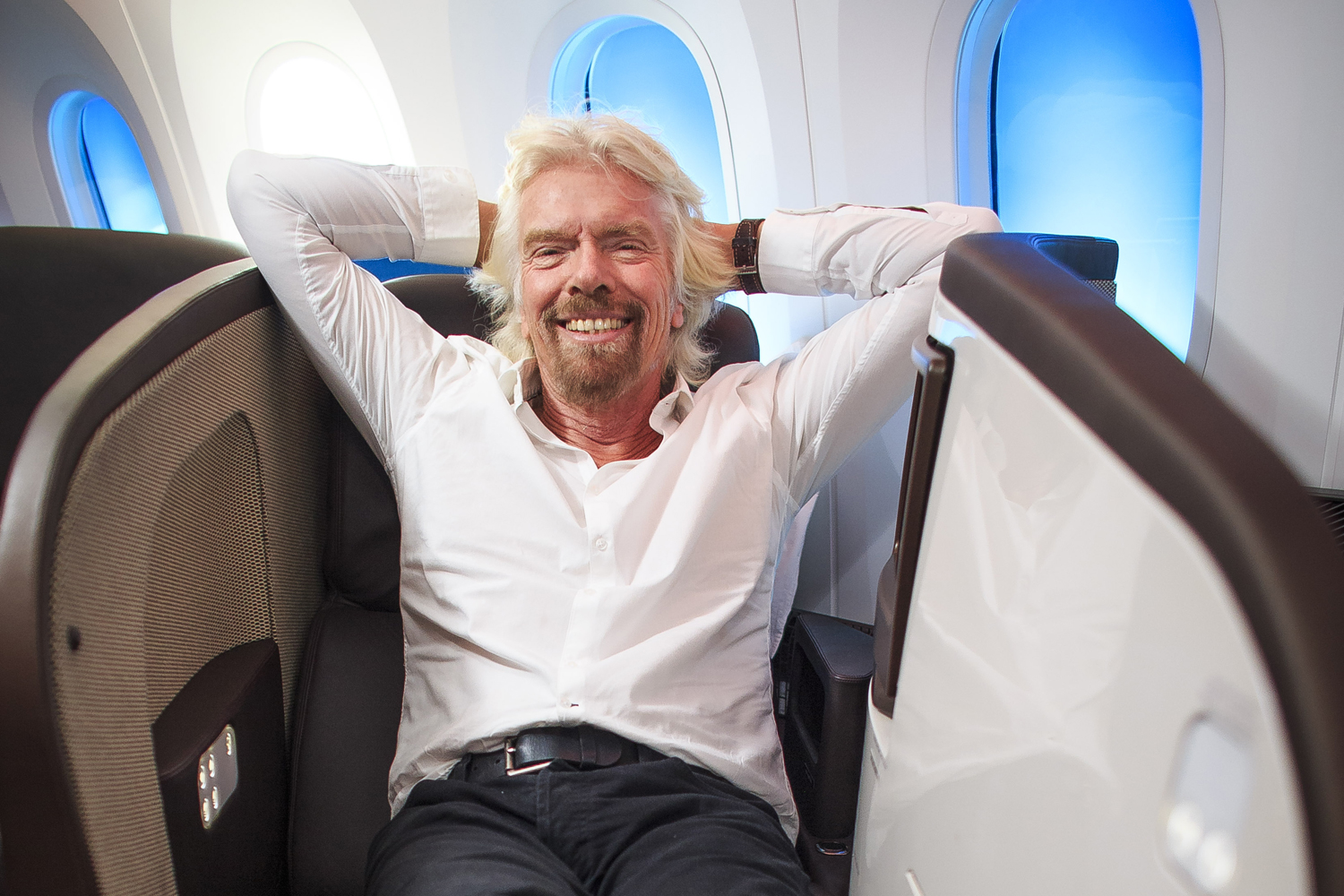A content calendar is a useful tool. Creating a content calendar from scratch can prove to be a complicated procedure. Below is a free content calendar template that focuses on planning content for Facebook, LinkedIn and Twitter. There are also examples on how to create your own content calendar.
What information should a Content Calendar contain?
- Day/Date/Time: This allows you to record when you’re posts will be published.
- Characters: This tab allows you to measure how many characters are in your post which is particularly useful in the case of Twitter.
- Text: This section details the text which will be used in the body of the post.
- Image: What image will be used in the post, if any at all? A useful tip is to have images prepared in a word document and assigned to a specific post.
- Campaign: Is this social media content only or are you promoting content from your website?
- Link: List any external links you will use here.
- Notes: Any additional information or goals relating to the post.
The content calendar template will enable you to plan your content two weeks in advance. Below is a useful guide on best practices for posting on social media such as Facebook, Twitter and LinkedIn. If used in conjunction with the content calendar, it can prove to be very helpful for optimising engagement. Go get ’em tiger.
Facebook is the most popular social media platform for businessess. As a business, you should focus on the quality of your content rather than the volume. Buffer (a social media management tool) states that the general rule is that you can post up to twice a day before engagement starts to decline. According to Quicksprout (another social media tool), the best time to post to Facebook is at 1 p.m. for shares and 3 p.m. for likes. Engagement is at its peak on Thursday and Friday. Monitor this as you’re finding your feet on social media, it may turn out that your target audience have different preferences. As frustrating as it sounds, your engagement will depend on your follower demographic.
Firstly, when creating content for Twitter it’s important to remember that there is a character limitation of 140. Accounts that tweet three times per day receive the best engagement according to Adweek, with engagement beginning to decline after the third tweet. Quicksprout discovered that the best times for engagements on Twitter were 12 p.m. and 6 p.m. The best time for gaining retweets was found to be 5 p.m. Posts tend to receive the most engagement on Wednesdays and at the weekend. Again, try and test these recommendations as your target audience may behave differently.
To create brand awareness on LinkedIn make sure you join as many relevant groups as possible. The content that you post on your own page is only seen by your connections so make sure to branch out and join the appropriate groups. Post content once a day and only on weekdays. Why? The majority of LinkedIn users are working professionals and tend to only use LinkedIn during working hours. The best times to post on LinkedIn are 7 a.m. – 8 a.m. and 5 p.m. – 6 p.m. according to Quicksprout.






